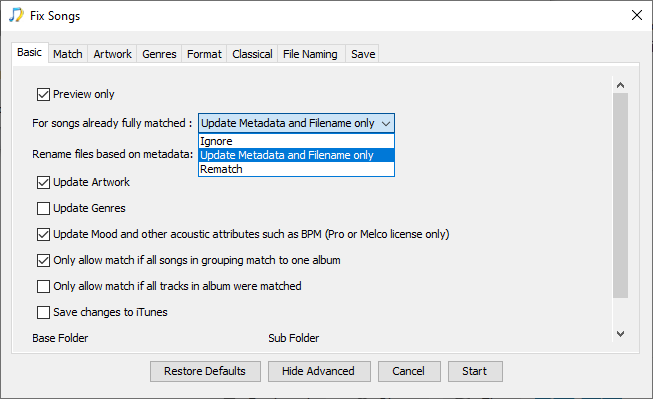

ID3v2 tag, which was introduced in 1998 and originally designed for MP3 files, can be written by some software into WAV files. BWF is essentially a WAV file with a Broadcast Audio Extension chunk (Bext) that can store metadata. In 1997 the European Broadcast Union published the specification of the Broadcast Wave Format (BWF) for the seamless exchange of audio material between different broadcast environments and between equipment based on different computer platforms. The original WAV specification which was published in 1991 defined an INFO List Chunk that can store information about the file such as Title, Artist, and Genre. Jump to list of software that support WAV & BWF metadata The following is a description of the different WAV metadata types, and the software that support them. Any well-behaved WAV reader is able to handle every WAV file even if it doesn't understand all the chunks it contains, in which case it simply ignores them. Contrary to popular misconception, adding metadata to WAV files does not break the format. WAV is based on the Resource Interchange File Format (RIFF), and made of chunks of data. These metadata types were introduced over the years into the WAV format, which is extensible by nature. WAV audio files can hold several metadata types.


 0 kommentar(er)
0 kommentar(er)
